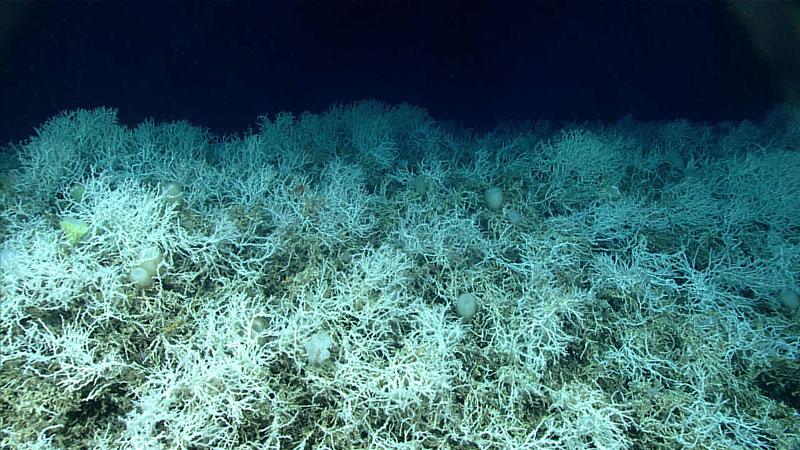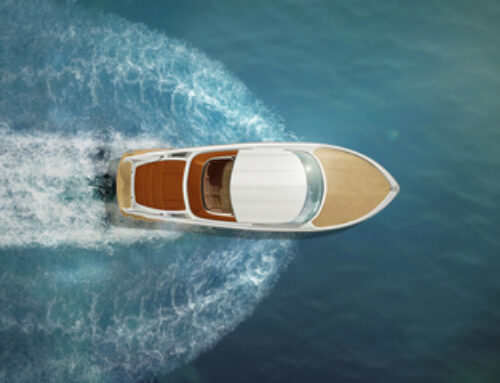Coral reef off southeast U.S. covers area larger than Vermont

Covering 6.4 million acres, an area larger than Vermont, an underwater seascape of cold-water coral mounds off the shore of the southeast United States coast has been deemed the largest deep-sea coral reef habitat discovered to date, according to a paper recently published in the scientific journal Geomatics.
“This strategic multiyear and multi-agency effort to systematically map and characterize the stunning coral ecosystem right on the doorstep of the U.S. East Coast is a perfect example of what we can accomplish when we pool resources and focus on exploring the approximately 50% of U.S. marine waters that are still unmapped,” says Derek Sowers, Ph.D., Mapping Operations Manager for the Ocean Exploration Trust and lead author of the study. “Approximately 75% of the global ocean is still unmapped in any kind of detail, but many organizations are working to change that. This study provides a methodology aimed at interpreting mapping data over large ocean regions for insights into seafloor habitats and advancing standardized approaches to classifying them to support ecosystem-based management and conservation efforts.”
For the study, “Mapping and Geomorphic Characterization of the Vast Cold-Water Coral Mounds of the Blake Plateau,” scientists synthesized bathymetric data from 31 multibeam sonar mapping surveys, the largest of which were led by NOAA Ocean Exploration, to produce a nearly complete map of the seafloor of the Blake Plateau, located about 100 miles off the southeast U.S. coastline.
The study area that includes the coral reef is nearly the size of Florida. It is approximately 35-75 miles (60–120 km) offshore of the southeast coast beginning off Miami and stretching to the area offshore of Charleston, South Carolina. The authors used a standardized system developed as part of the study to classify, delineate and quantify coral mound features. This automated system identified 83,908 individual coral mound peak features in the mapping data, providing the first estimate of the overall number of potential cold-water coral mounds mapped in the region to date.
The study documents the massive scale of the coral province, an area composed of nearly continuous coral mound features that span up to 500 kilometers (310 miles) long and 110 kilometers (68 miles) wide, with a core area of high-density mounds up to 254 kilometers (158 miles) long and 42 kilometers (26 miles) wide. The results also highlight how different regions of the Blake Plateau exhibit large variations in the density, height and pattern of coral mound formation.
Studies such as this one provide a better understanding of how populations of corals and other deep-sea species may be related across geographically separated locales (a concept known as connectivity) which in turn can offer insight into the resiliency of these populations. This is important for predicting the impacts of human activities on coral communities and for developing plans for their protection. For more information, click here.
 TEXTILES.ORG
TEXTILES.ORG 





